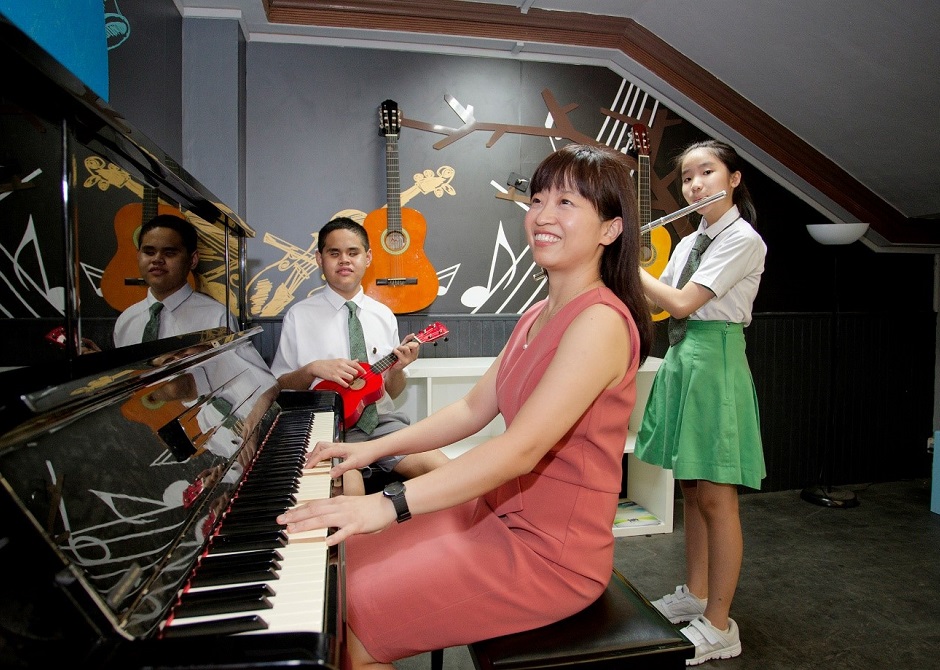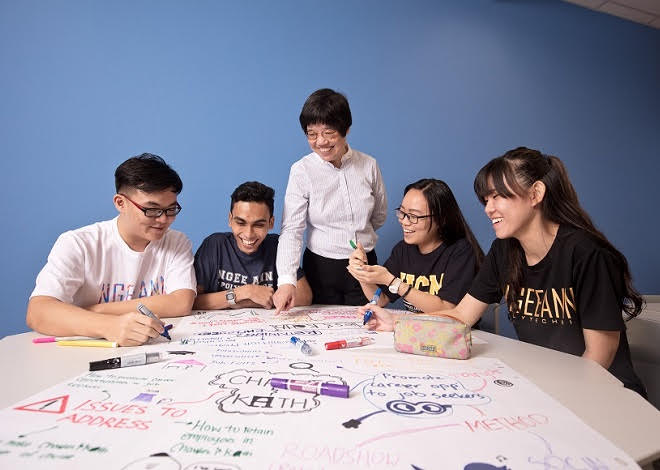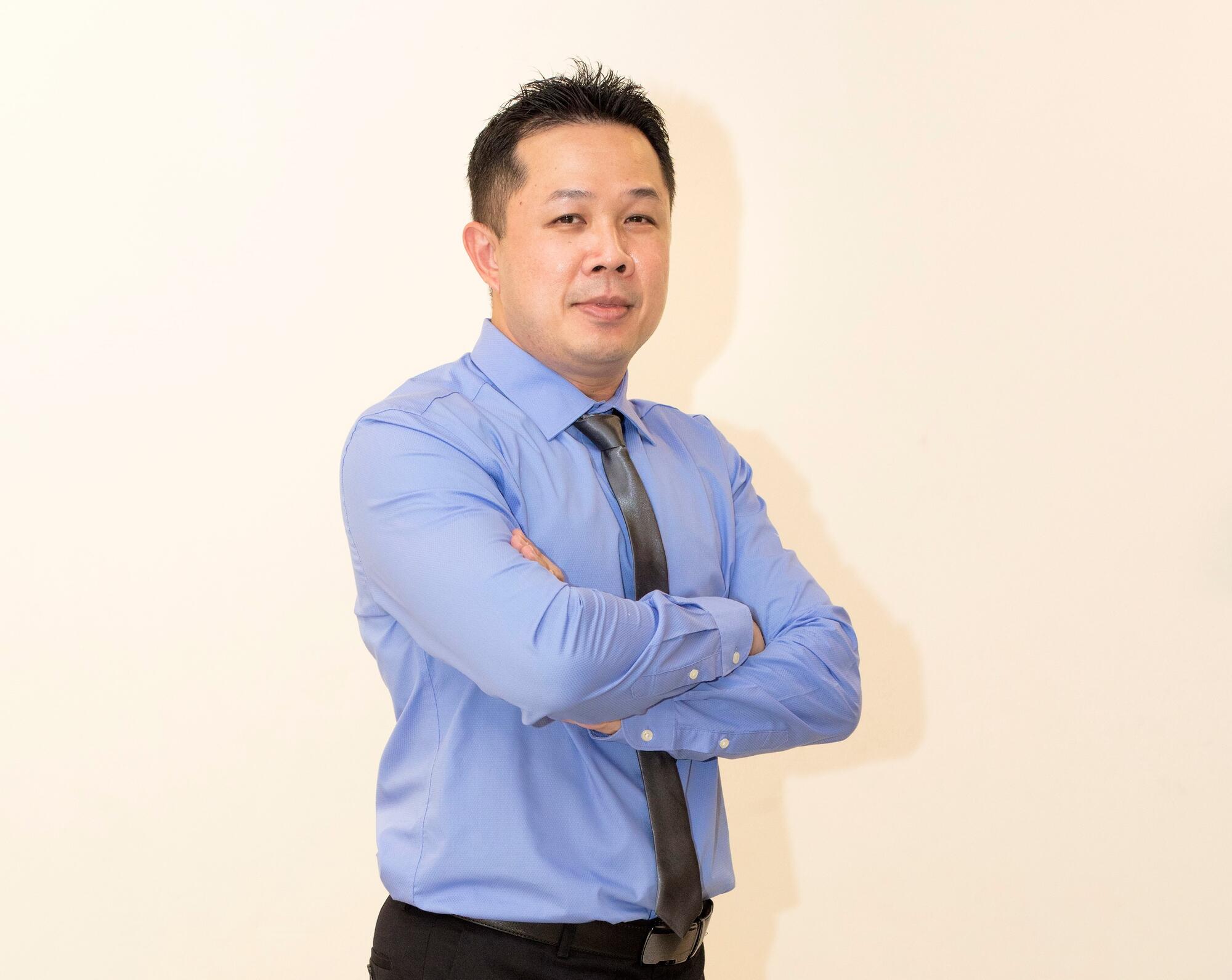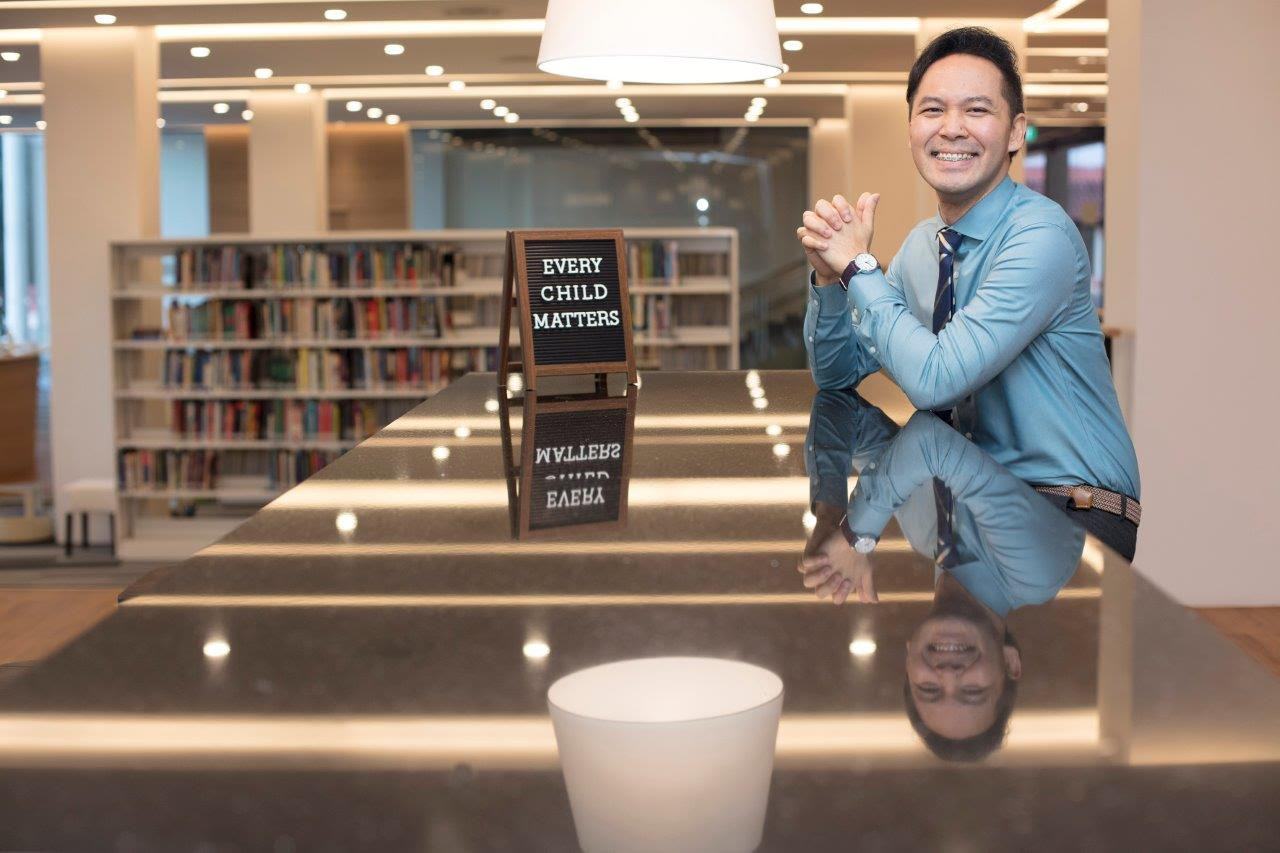Ms Ng Sheh Feng, Ahmad Ibrahim Secondary School, President’s Award for Teachers 2018 Recipient
When Ng Sheh Feng joined Ahmad Ibrahim Secondary School in 2015, she had her work cut out for her: within six months, she had to design a programme for students keen to take music as an O-level subject, hold auditions, and implement it.
It would not be easy, but Sheh Feng felt strongly about the job. She came from a family that could afford music instruments and lessons. She recognised that many students at Ahmad Ibrahim did not have such a head start in learning music and saw her posting as an opportunity to help them.
So she hit the ground running, planning the curriculum, revamping the music room, securing internship opportunities with arts organisations, and giving subject talks to encourage students to sign up.
What she did not expect, however, was that a Secondary 2 student would come up to her after one of these talks and ask: “’Cher, I want to do music. Can or not?” The girl was blind.
And she was not alone. She was quickly followed by another student, also visually impaired, who was just as keen.
“At that point I honestly did not know how to answer them”, Sheh Feng admits. “I had no experience teaching visually-impaired students.”
To be sure, Ahmad Ibrahim Secondary School had been admitting visually-impaired students for close to 50 years, and they studied and played alongside their sighted peers. But no visually-impaired student in all of Singapore had ever taken the O-level music examination at that point in time.
Can or not, indeed.
Sheh Feng was moved by the girls’ enthusiasm, and decided to audition them anyways. Lo and behold, of the 10 students who tried out, only four were found suitable, and the two visually-impaired students were among them.
Then it turned out that the official answer was “cannot”.
As far as the examination authorities were concerned, there were simply too many challenges for a visually-impaired student to cope with a music examination. How would they read scores? How would they write the notation for their own compositions? Even if they could, how much more time would they need to answer all the questions?
From “cannot” to “can”
Thus began a one-and-a-half-year journey to overcome these challenges, and show that it was possible.
She and her colleagues experimented with different ways of assessing the girls, from music braille to taking the exam with a scribe, whom they could dictate the musical notation to.
She also worked closely with the Arts Education and Special Education branches in MOE. She and her colleagues produced one final set of recommendations which, among other things, involved substituting musical notation with an audio recording of their compositions, and allowing extended time to read the braille scores in the listening component.
Eventually, the authorities were satisfied that Sheh Feng’s recommendations would allow the girls’ musical skills to be assessed rigorously and fairly It was a huge victory for Sheh Feng, her colleagues and the girls, but the battle was not over yet.
Weeks before the O-level practical exam, one of them was dropped by her volunteer piano teacher. She could not afford to find another teacher at such short notice, and yet needed someone to help prepare her for her performance.
Sheh Feng decided to undertake this herself. “It was a new experience for me,” she says. “Teaching a visually-impaired student to play the piano involves a lot of repetition and imitation. I had to physically guide her hands.” Nevertheless, she persevered.
The 2017 O-levels came, and the two girls made history by being the first visually-impaired students in Singapore to sit for the music examination.
Both of them passed.
More than that, one of the girls is currently in ITE, hoping to go on to study music at the Nanyang Academy of Fine Arts. The other is with The Purple Symphony, an inclusive orchestra for people with and without disabilities. She is also on the Purple Symphony’s Training Award Programme, taking lessons with a percussion teacher.
For the benefit of all students
Sheh Feng’s success with the two girls is just one of the many ways in which she has made music accessible to all students at her school.
She has also done many other things together with her music team to promote and build up the school’s Enhanced Music Programme, such as creating a music corner with instruments for students to jam in, and running a series of lunchtime concerts in the music room, with performances ranging from dance to pen-tapping. She also organised collaborations and mentorship opportunities between her students and those in other schools, and helped talented students apply for arts training with organisations such as the Singapore National Youth Orchestra, and the Arts Incubation Programme sponsored by the Business Times Budding Artists Fund. You name it, Sheh Feng has done it, for her students.
“We try to find different ways and means to give our students access to different opportunities because we believe they can do it!” says Sheh Feng. “Teenagers are really amazing. Once they find something they are passionate about, they will put incredible amounts of time and energy into it, and they will improve tremendously. Our job is to provide the opportunities and guide them along”
“I had never seen a [Western] music score before I joined the Music Preparatory Course. I didn’t even know how to read basic music notation. Ms Ng helped me by giving me extra theory lessons after school.” – Angie Tham, Secondary 3






